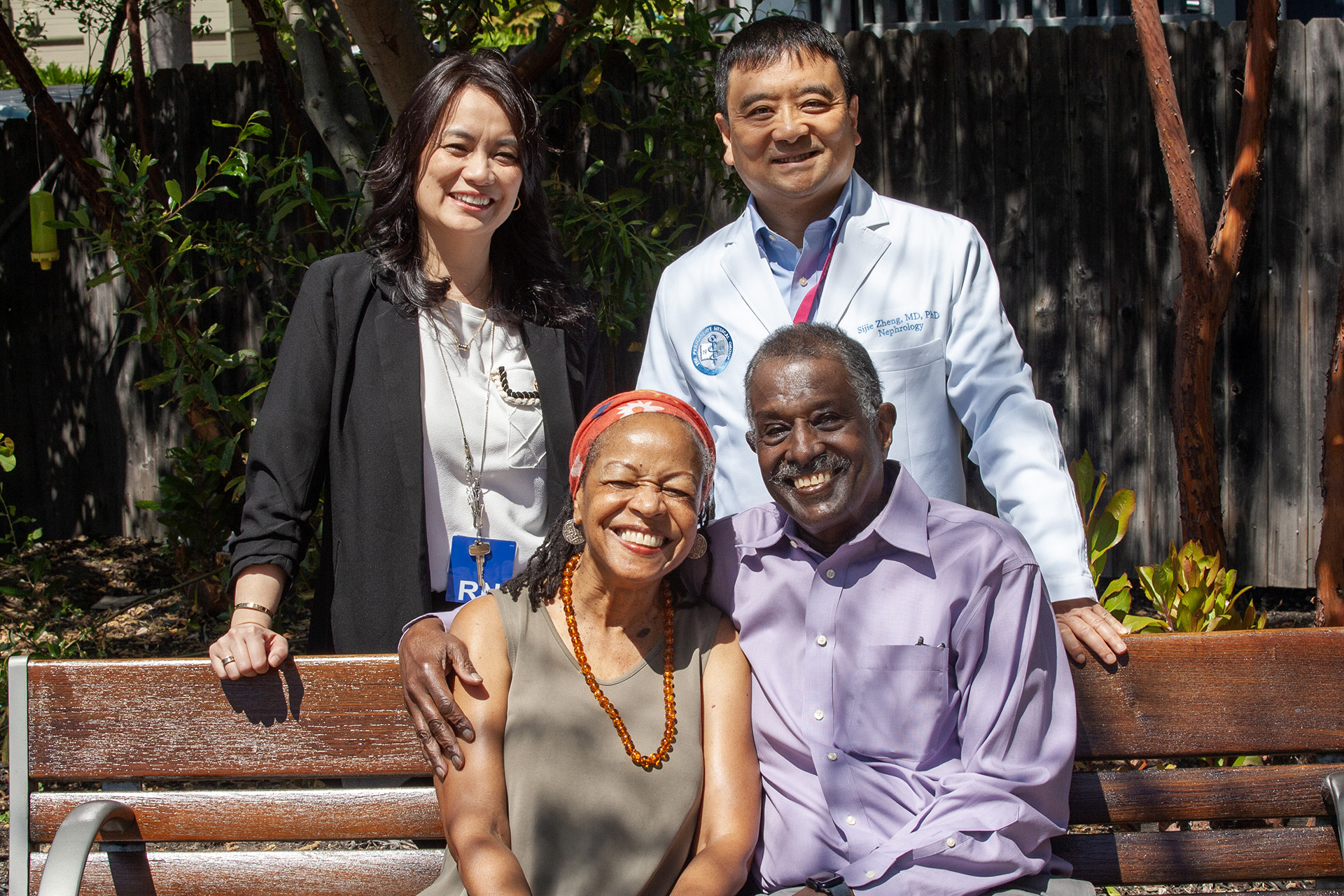Some patients who leave the hospital need extra support after their stay to reduce the chance they’ll end up back in a hospital bed. At Kaiser Permanente Northern California hospitals, these high-risk patients are referred to the Transitions program, a team of registered nurses and social workers who act as a post-hospital safety net by checking in with patients by phone for 30 days after their discharge.
“It’s really a program of compassion, assisting our members during an acute illness, which can be overwhelming,” said Pamela Galley, vice president, Continuum of Care. “It’s such a valuable program that leverages our integrated structure. And our team has grown over time in their knowledge of community resources and ways to help.”
New research by Kaiser Permanente investigators in the journal BMJ analyzed patient outcomes before and after the program rolled out and found that patients enrolled in the Transitions program were 10% less likely to end up readmitted in the following 30 days, with no increase in mortality.
“Our teams work 7 days a week, reaching out to patients the day after discharge, asking if they understand their treatment plan and know when their next doctor’s appointment is. Our teams may also solve more complex problems by bringing in other consultants such as pharmacists or being a conduit with the physician.”
“Hospitals all over the country have tried to decrease readmissions, but every place was doing it a different way,” explained co-author Gabriel Escobar, MD, research scientist with the Division of Research. “So we developed a predictive model in 2015 to identify patients at risk of returning to the hospital so they could be referred to Transitions case managers.”
The BMJ analysis examined about 1.5 million admissions. The researchers found about 20% of hospital patients were enrolled in the Transitions program, and case managers were able to reach 35.7% of patients. They had an average of about 6 phone contacts with each patient during the month post-discharge, and 89% of patients were referred to a primary care physician.
“This work highlights the importance of careful implementation — simply having a predictive model does not necessarily result in improved outcomes,” said co-author Vincent Liu, MD, MS, research scientist with the Division of Research. “Close coordination was required among researchers, clinicians, electronic medical record teams, and case managers to achieve successful implementation.”
Case managers on the phone
After consulting the patients’ medical record for background, the case managers contact referred patients by phone and follow up once or twice a week as needed. The teams also identify any social issues that could hinder patient recovery, such as housing insecurity, complex family issues, or financial problems, explained Denise Johnson, regional director for Care Coordination.
“People leave the hospital with so much information, and when they get home they start to have questions,” Johnson said. “Our teams work 7 days a week, reaching out to patients the day after discharge, asking if they understand their treatment plan and know when their next doctor’s appointment is. Our teams may also solve more complex problems by bringing in other consultants such as pharmacists or being a conduit with the physician.”
The Transitions teams have also worked with medical centers to improve processes for the benefit of patients, said Shideh Shadan, MD, associate medical director for care transitions with The Permanente Medical Group. “Our patients’ situations are quite complex so many of them do benefit from care coordination post-discharge,” Dr. Shadan said. “We have learned from this process over time what kind of problems patients have and resolved those with quality improvement changes such as timely lab results and medications.”
Transitions program leaders plan to harness an automated outreach system to make contact with patients to save Transitions teams time and increase the percentage of patients they can reach.
“Transitions leverages our integrated structure,” Galley said. “I’m really proud of the work of the team and how it helps support our members.”





This Post Has 0 Comments